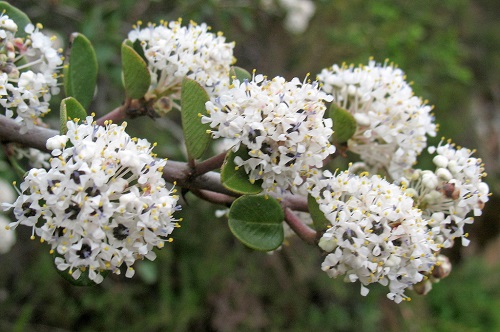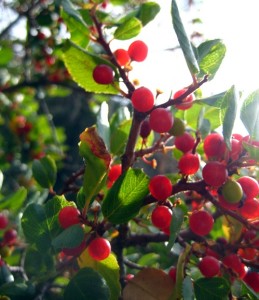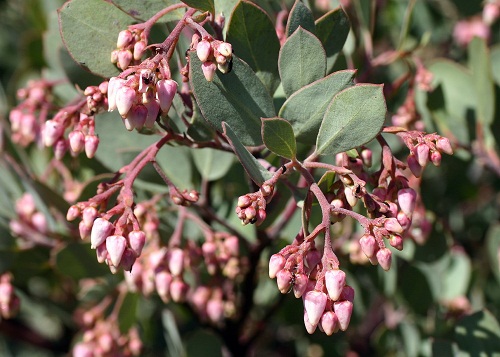Important Landscaping Terms That Everyone Should Know
 Understanding basic landscaping terms is important so that there is no miscommunication between you and your landscaper. Understanding landscaping language also helps when you’re reading landscaping articles or planning your lawn before you contact us. We’ve selected some common landscaping terms used by landscapers and included some general landscaping information that all homeowners should know.
Understanding basic landscaping terms is important so that there is no miscommunication between you and your landscaper. Understanding landscaping language also helps when you’re reading landscaping articles or planning your lawn before you contact us. We’ve selected some common landscaping terms used by landscapers and included some general landscaping information that all homeowners should know.
Pruning and Related Landscaping Terms
Sap is up or down. Sap rises in the spring. This is basic information but important to consider in the context ofpruning. Pruning should only be done in the fall when the bush or tree’s growth season has ended and the sap is down. Pruning when the sap is up can injure or kill flowering or fruit trees, bushes and roses.
Pruning. Pruning, or cutting back plants, keeps flowering and fruit trees healthy and full. A regularly pruned tree will produce more flowers and fruit, and pruning will avoid the situation of straggly branches hanging too low or into your neighbor’s yard. Prune in the fall. It’s best to let a landscaper determine the best time to prune different trees and bushes. If you prune flowerbeds or overgrown potted plants, wait until the growing season is over. Deadheading is simply cutting off dead blooms and can be done at any time. Deadheading encourages the plant to keep putting out blooms as long as possible.
Turf. Many people think of turf only as artificial grass. Turf, or turf grass, is any grass, and we’re mentioning it in this section with pruning because mowing at the wrong time might be what’s killing your grass or giving you bare spots. Newly planted grass and new grass in the spring should be allowed to grow several inches before you mow for the first time. It’s best to let a landscaper mow a new lawn for the first season. Landscapers know when grass is strong enough to withstand mowing and the correct height to set the blade for different types of grass.
Maintaining Your Lawn
Aeration. Aeration is a critical lawn maintenance procedure that removes debris so that air can get to the roots of your grass and under the surface of the soil. The debris is called lawn thatch and consists of the dead grass that builds up on the dirt over the winter and during the fall. Removing this debris is called dethatching and must be done carefully to avoid injuring the roots of the grass. If you have a well-established lawn with healthy grass, it’s okay to dethatch with a dethatching rake. If you have difficulty keeping your grass alive, landscapers can do your spring and fall dethatching as part of their seasonal cleanup.
Overseeding. One method of improving lawns with thin grass and bare spots is overseeding. We use aspreader to evenly distribute grass seed over your lawn. There’s no need to cover your lawn in straw, because the grass protects the seed. All you need to do is water your lawn. Your landscaper will determine when the new grass is ready to be mowed.
Trenching. Trenching leaves a border between your lawn and flowerbeds. It makes your landscaping more attractive and helps keep weeds out of your flowerbeds. After digging the trench, we use materials like mulch or stone to keep down grass in the trench.
Decorative Lawn Effects
Hardscaping. Hardscaping is a great way to have an impressive, unique lawn if you can’t get grass to grow or if you live in a drought-prone area. We can design a lawn for you with rock gardens, fire pits and walking paths. You can incorporate plants into your hardscaping. We’ll help you pick out the best drought-resistant plants.
Waterscapes. A waterscape can be as small as a fountain or as large as a koi pond. We can use elements already on your property and build a waterscape around them. Waterscapes need cleaning and maintenance throughout the year to keep them functioning and looking their best. Waterscape maintenance is part of our yearly maintenance plan for your lawn.

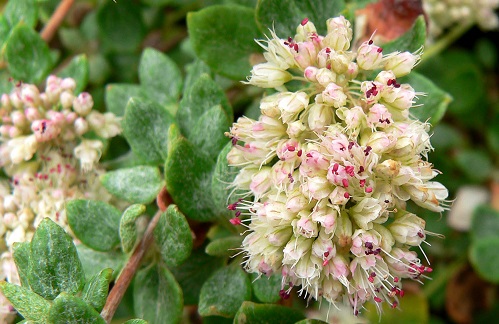 Sea cliff buckwheat is a beautiful, perennial spreading shrub with blooms ranging from off-white to pale red. It typically grows to a height of about three feet and branches out to the same width. While it prefers sandy soil, it also does well in clay. It grows best at low altitudes. It is also called seacliff buckwheat, dune buckwheat, coast buckwheat and cliff buckwheat.
Sea cliff buckwheat is a beautiful, perennial spreading shrub with blooms ranging from off-white to pale red. It typically grows to a height of about three feet and branches out to the same width. While it prefers sandy soil, it also does well in clay. It grows best at low altitudes. It is also called seacliff buckwheat, dune buckwheat, coast buckwheat and cliff buckwheat.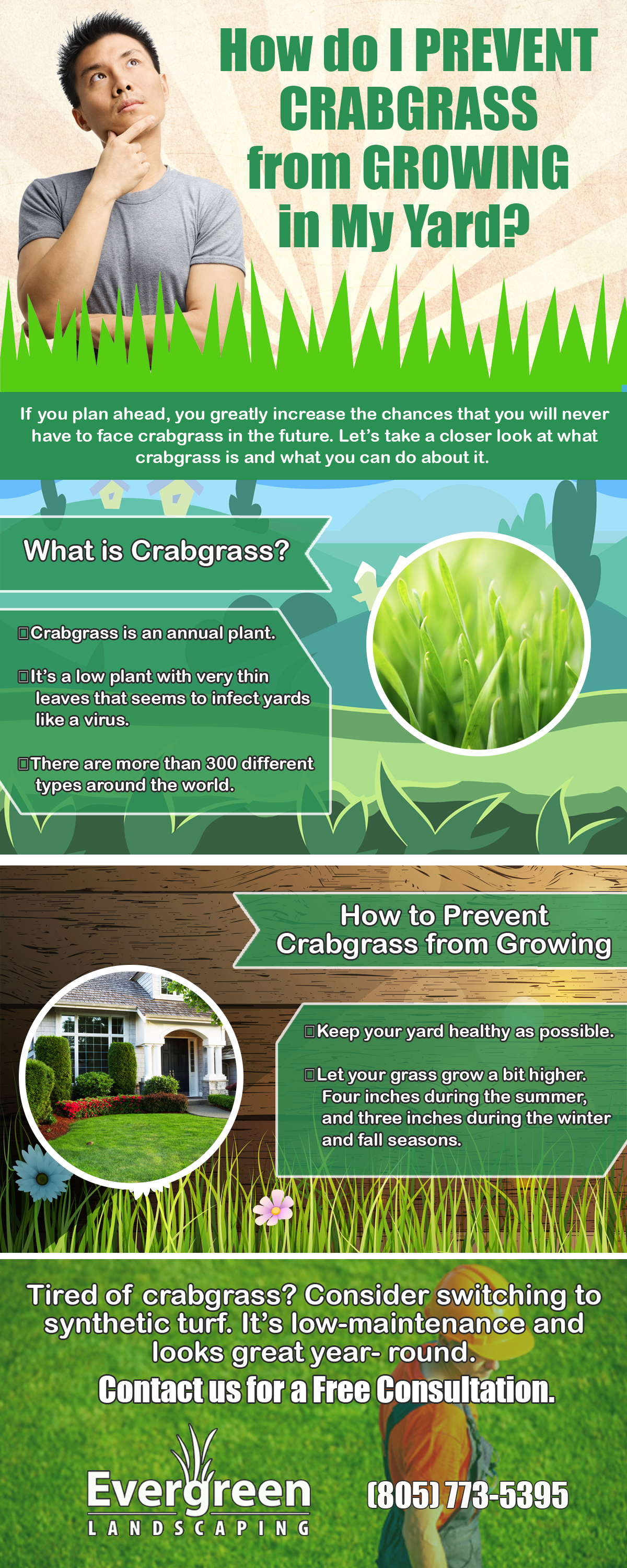
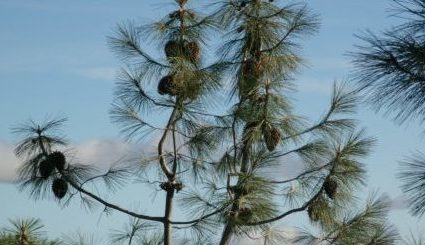 Foothill pine is a handsome evergreen that can grow to 80 feet tall. It’s also called California foothill pine, pinon pine, bull pine, nut pine and gray pine. The California foothill pine thrives in areas with poor soil and little water. The nuts, eaten raw or roasted or even ground into flour with other seeds, were a vital food source for Native Americans. Native Americans also used the pine pitch for medicinal purposes and the branches to fashion utensils and even in basket weaving.
Foothill pine is a handsome evergreen that can grow to 80 feet tall. It’s also called California foothill pine, pinon pine, bull pine, nut pine and gray pine. The California foothill pine thrives in areas with poor soil and little water. The nuts, eaten raw or roasted or even ground into flour with other seeds, were a vital food source for Native Americans. Native Americans also used the pine pitch for medicinal purposes and the branches to fashion utensils and even in basket weaving.
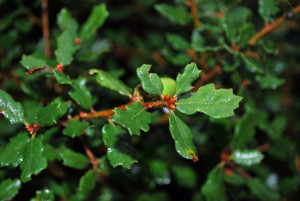
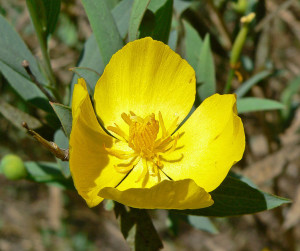 Bush poppy is also called tree poppy. The latter is somewhat inaccurate, because the bush poppy is one of California’s smaller native flowering shrubs. It’s drought-resistant and likes full sun, but needs more care than other wild flowering shrubs. Its yellow flowers are the color of buttercups and will light up your yard, but only if it’s planted in the right type of soil. Depending on the soil, your bush poppy will need a little watering.
Bush poppy is also called tree poppy. The latter is somewhat inaccurate, because the bush poppy is one of California’s smaller native flowering shrubs. It’s drought-resistant and likes full sun, but needs more care than other wild flowering shrubs. Its yellow flowers are the color of buttercups and will light up your yard, but only if it’s planted in the right type of soil. Depending on the soil, your bush poppy will need a little watering.